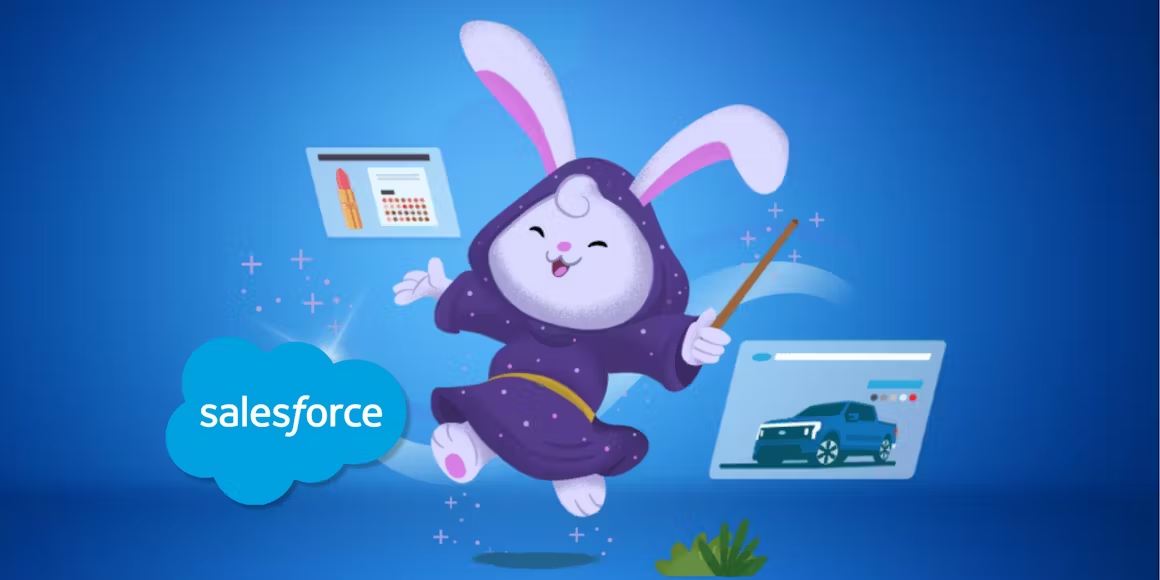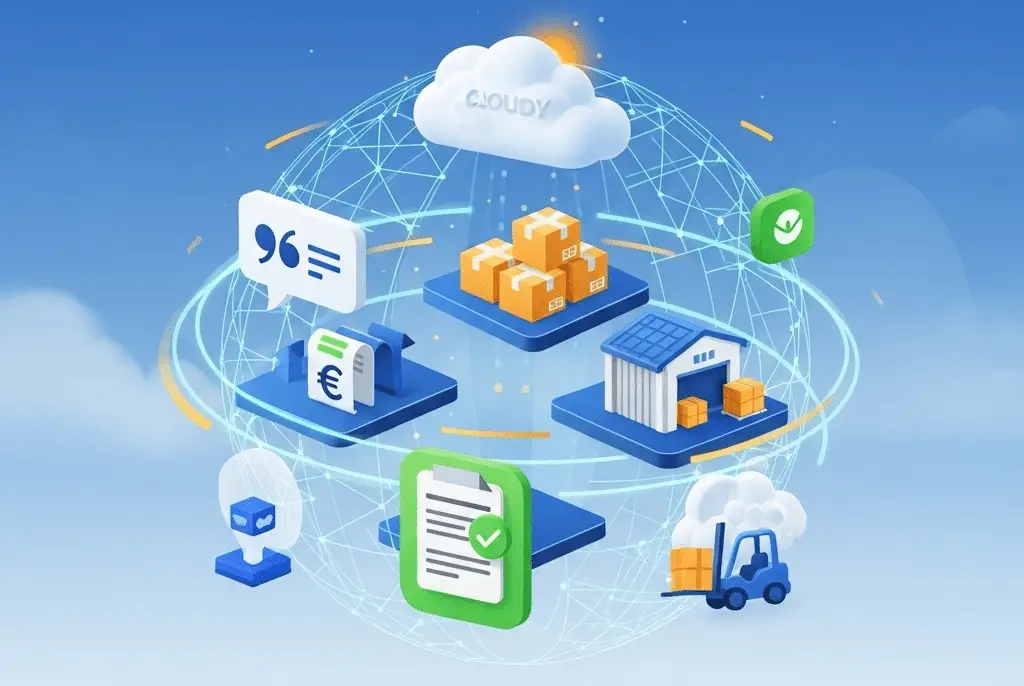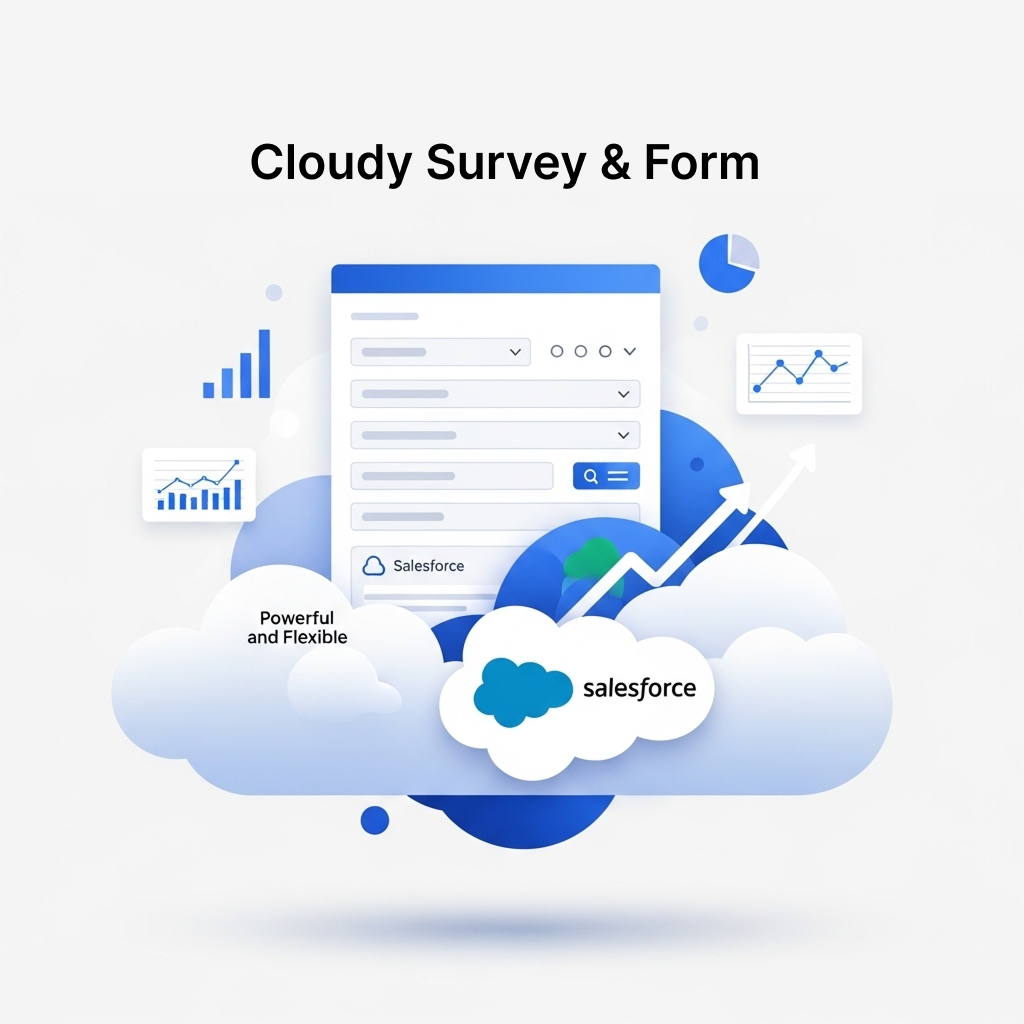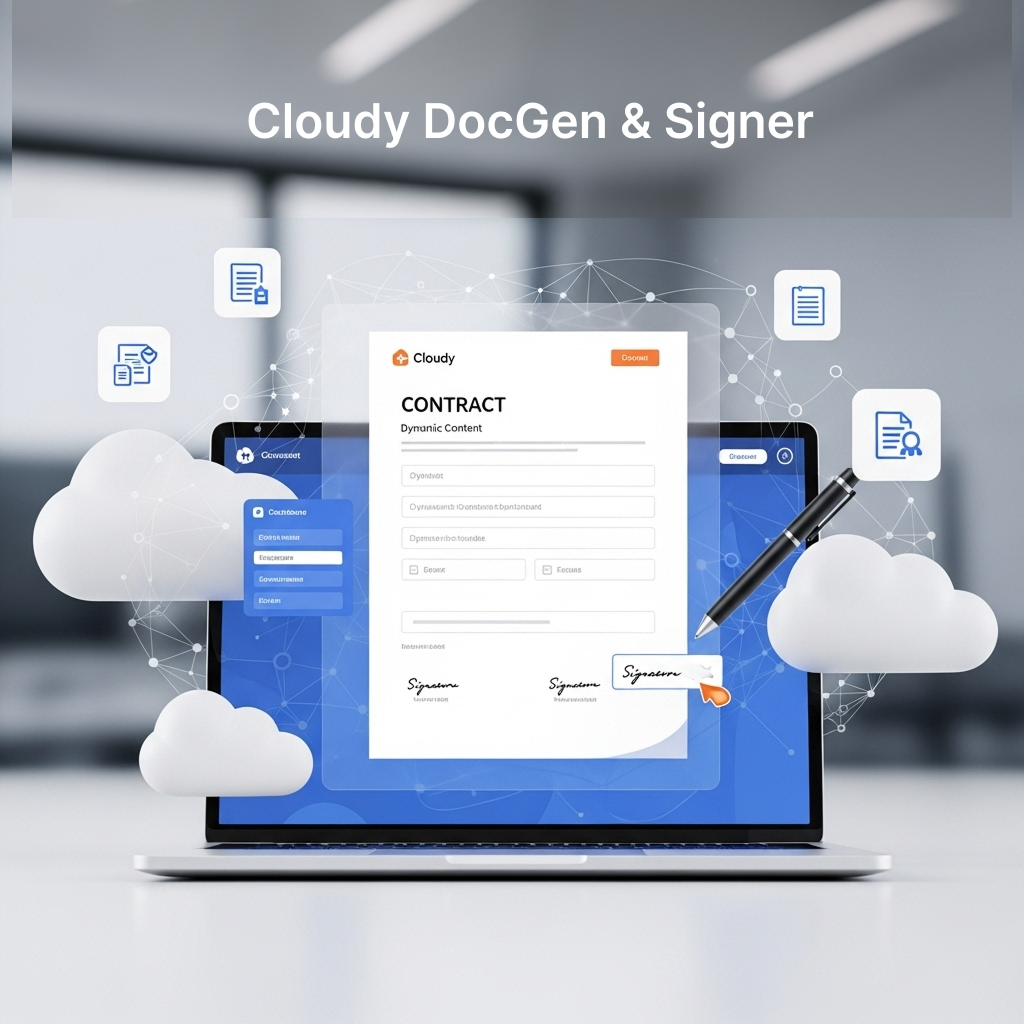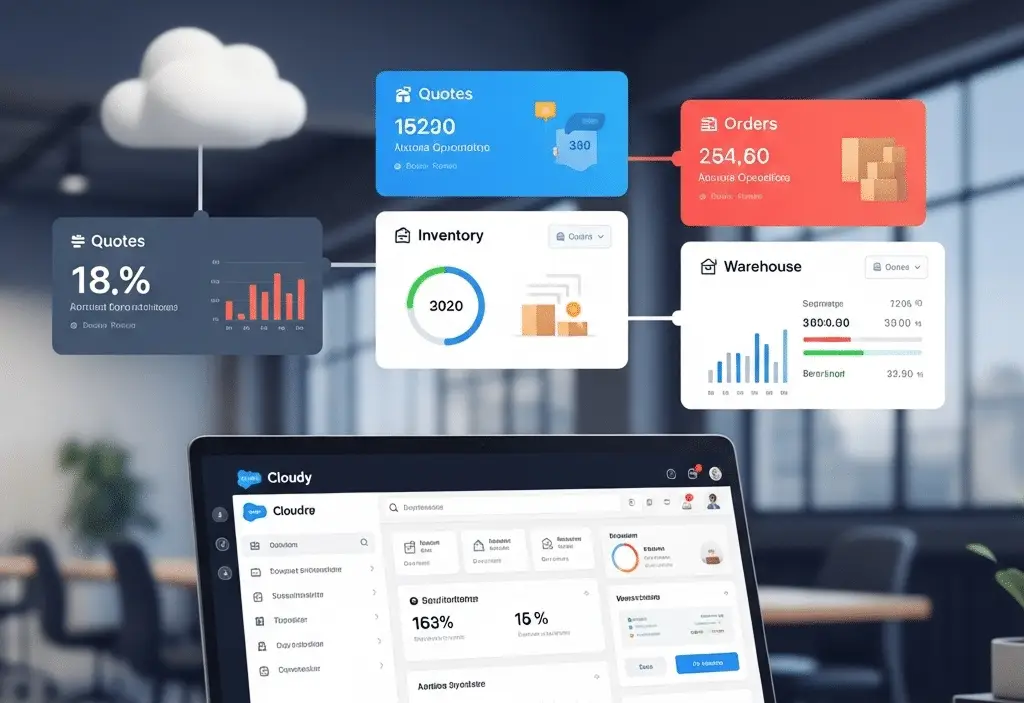
 Purchase Order
Purchase Order
A Purchase Order (PO) in Cloudy Business Ops 360 is a formal document issued to a vendor to request the supply of goods or services. It specifies what items are needed, their quantities, prices, delivery address, and payment terms. In short, a Purchase Order acts as the official agreement between your business and your supplier before goods are shipped or services are rendered.
To learn how to create a purchase order in the system, see the Purchase Order Creation section below.
How Purchase Orders Work in Cloudy Business Ops 360
- Create a PO
- Create a new Purchase Order and link it to a Vendor (supplier) and optionally to a Sales Order if the PO is related to a customer order.
- Enter key details like Date, Delivery Address, and Payment Terms.
- Add Purchase Order Line Items
- Specify which products you are ordering, quantities, and prices.
- The system automatically calculates Total List Amount, Total Discount Amount, Total Taxable Amount, Total Tax Amount, and Total Purchase Order Amount.
- Set Delivery and Expiration Dates
- Use Delivery Date to communicate when the goods are needed.
- Expiration Date ensures that the PO is valid only for a limited period, encouraging timely vendor response.
- Track Status
- Use the Status field to reflect where the PO is in its lifecycle (Draft, Sent, Approved, Fulfilled, Closed).
- Use the Status field to reflect where the PO is in its lifecycle (Draft, Sent, Approved, Fulfilled, Closed).
- Communicate with Vendor
- Provide full vendor details, including Vendor Address, so the supplier knows where to ship.
- Provide full vendor details, including Vendor Address, so the supplier knows where to ship.
- Monitor Fulfillment
- Once the vendor ships items, you can receive them into inventory and reconcile the received quantities against the PO to close it.
Use of Purchase Orders in Cloudy Business Ops 360
- Procurement Planning – Ensures purchases align with demand forecasts or sales orders.
- Vendor Management – Tracks vendor performance, lead times, and fulfillment accuracy.
- Inventory Control – Helps maintain optimal stock levels and avoid shortages or overstocking.
- Financial Accuracy – Acts as the base document for matching vendor invoices before payment.
- End-to-End Order Lifecycle – Connects directly with Sales Orders when dealing with drop-shipping or make-to-order scenarios.
Best Practices
- Link to Sales Orders When Applicable – Ensures visibility of demand and simplifies procurement planning.
- Track Vendor Performance – Use delivery dates and status updates to measure vendor reliability.
- Leverage Roll-Up Fields – Review Total Purchase Order Amount before approval to catch pricing errors early.
- Use Expiration Dates – Prevents old or unapproved POs from being used accidentally.
- Communicate Clearly – Always include full vendor and delivery address details to avoid shipping errors.
![]() SEE ALSO :
SEE ALSO :
_____👉 Purchase Order Creation
_____👉 Purchase Order Line Editor





